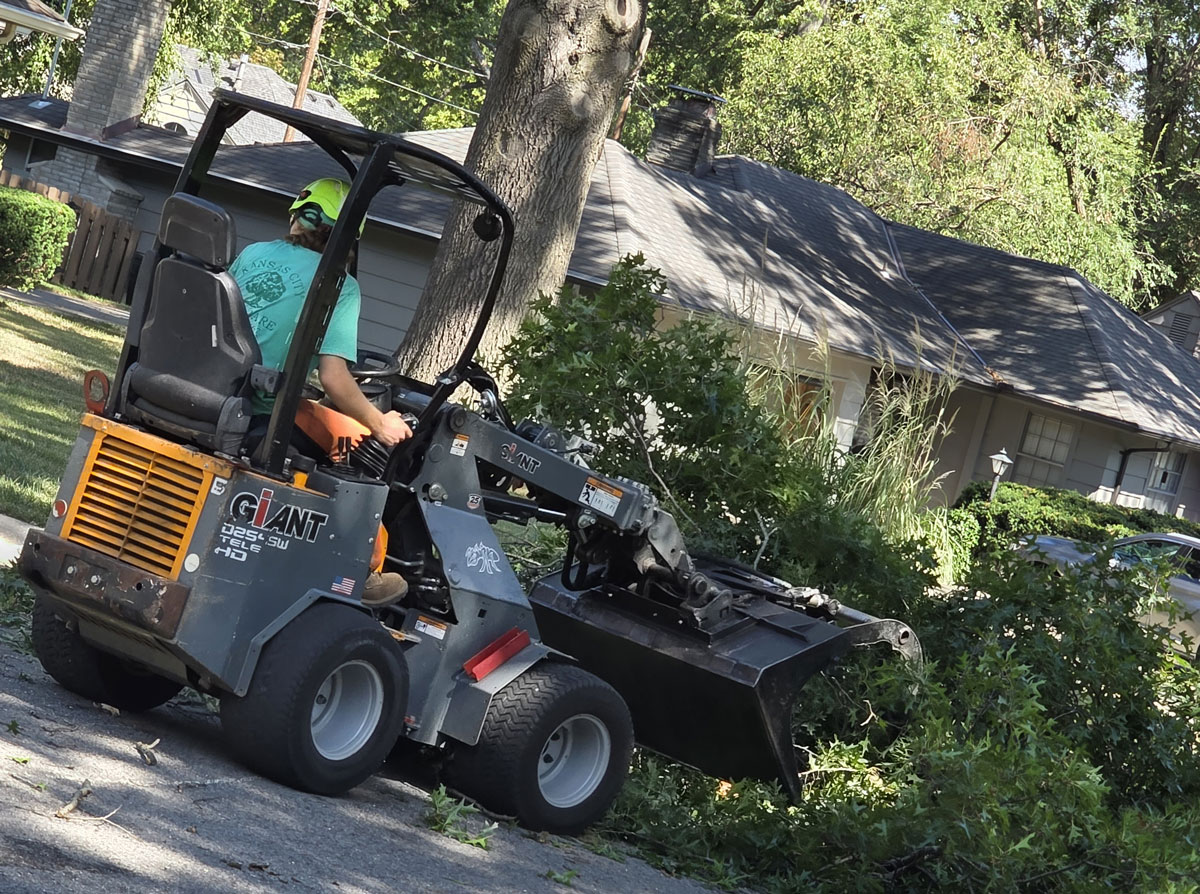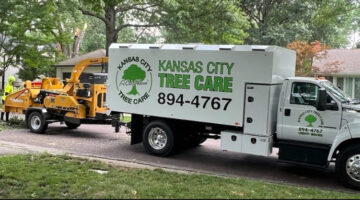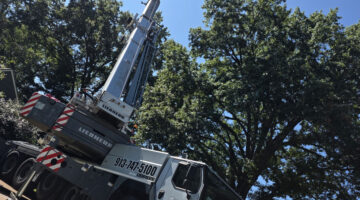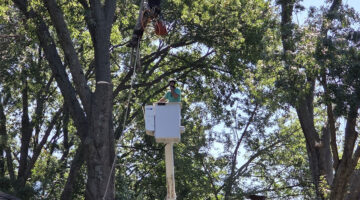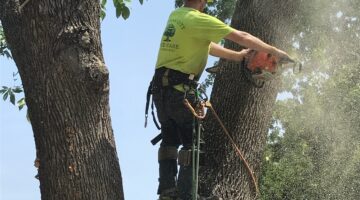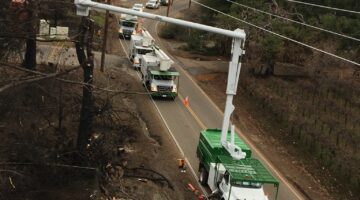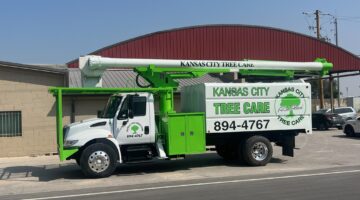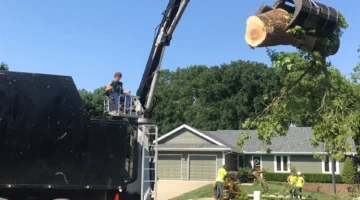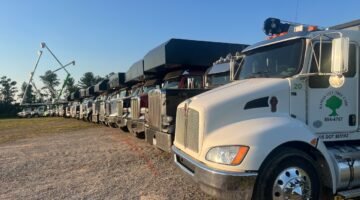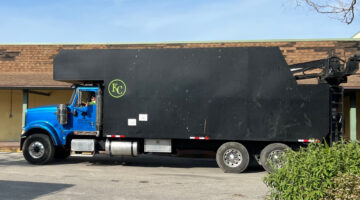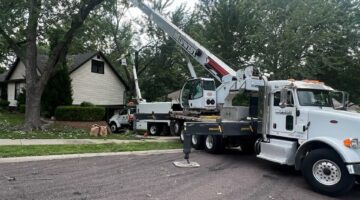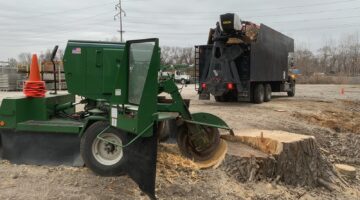Healthy, well-maintained trees can enhance your property’s beauty and value. But when those same trees grow unchecked, they can lead to an entirely different outcome. Overgrown trees not only threaten your home’s structural integrity but can also affect your landscaping, public safety, and even your property’s market value.
If you live in Kansas City, where lush foliage is commonplace, it’s especially important to monitor tree growth. This post explores how overgrown trees can impact your property and why land clearing and tree maintenance are essential to protect your investment.
How Overgrown Trees Pose Structural Risks
Overgrown trees can wreak havoc on roofs, gutters, and siding, leading to costly repairs. Branches hanging too close to your home can scratch siding or shingles during storms, potentially exposing your property to water damage. Leaves and debris clog gutters, which compromise proper drainage and cause overflow issues that might damage your foundation. Additionally, Kansas City’s storm-heavy seasons make the need for preventive tree trimming even more critical. Regularly trimming branches near your home is a key part of tree trimming guidelines to safeguard your property, especially during high winds.Risk to Power Lines and Public Safety
One major reason to remove trees or control their growth is the safety threat they pose to power lines. Overgrown branches touching or falling onto lines during storms can cause extended power outages, damage transformers, or even start fires, putting the entire neighborhood at risk. Kansas City residents can face hefty fines or liabilities for untended trees that interfere with public utility lines, making proper tree trimming and removal all the more essential.What You Can Do:
- Hire a professional land clearing company to assess trees near power lines.
- Follow Kansas City’s utility company’s tree trimming guidelines to ensure compliance with local regulations.
Impact on Lawn Health and Garden Sunlight
Dense, overgrown trees block sunlight from reaching your lawn and garden beds, stunting the growth of grass, flowers, and other plants. Without adequate sunlight, even the healthiest landscapes can decline, leading to patchy grass and wilting greenery. By trimming trees or removing them if necessary, you can ensure proper light exposure, keeping your yard vibrant and healthy. Additionally, trimming trees in strategic ways can improve air circulation, which benefits your lawn and garden further.Root Overgrowth and Underground Damage
Roots from overgrown trees can extend far underground, creating damage you might not see until it’s too late. They can lift driveways, sidewalks, and patios, creating potential tripping hazards and requiring expensive repairs. Even more concerning is their ability to infiltrate underground pipes and septic systems, leading to blockages, leaks, or flooding.Warning Signs of Root Overgrowth:
- Cracks in concrete or pavement near trees.
- Frequent plumbing or drainage issues.
- Uneven sections of your yard.
Increased Pests and Allergens in Your Property
Overgrown trees invite unwanted guests. Dense foliage gives pests like rodents, termites, and carpenter ants ample shelter to thrive. These pests can eventually infiltrate your home, causing extensive damage to wood structures and insulation. Overgrown trees can also lead to increased airborne allergens. Pollens accumulating on thick branches can worsen seasonal allergies for anyone on your property. Proper tree maintenance can help deter pests and allergens, creating a healthier environment for your household.Obstructed Visibility for Driveways and Streets
Overgrown trees can obstruct your driveway view or visibility on adjacent streets, posing significant safety hazards. Blocking sightlines makes it difficult to pull out or see oncoming traffic, potentially leading to accidents. Clearing low-hanging branches or removing trees blocking crucial driveways and sidewalks is a practical safety measure and a major reason to remove trees creating these issues.Helpful Tips for Visibility:
- Regularly inspect trees near your driveway for encroaching branches.
- Trim or remove trees that block street signs or road visibility.
Lowered Property Value and Curb Appeal
Curb appeal plays a significant role in determining your property’s value. While a mature tree can enhance your home’s appearance, overgrown or poorly maintained trees can do the opposite. They may make your property appear neglected or less desirable to buyers. Potential homebuyers often perceive overgrown trees as added maintenance costs they’ll have to handle after purchase. Taking control of tree maintenance through trimming or professional tree removal can boost your curb appeal considerably and help maintain your property’s value.Insurance Considerations and Risk Mitigation
Neglecting tree maintenance could also affect your homeowner’s insurance coverage. Insurance companies often refuse to cover damages caused by falling branches or overgrown roots if the issue could have been prevented through regular maintenance. Land clearing services can help you mitigate these risks by removing hazardous trees or decaying limbs. Staying proactive about tree care ensures your property remains compliant with insurance requirements while avoiding costly property damage.Steps to Mitigate Risk:
- Work with professional arborists to assess tree health.
- Schedule regular trimming or tree removal based on expert guidelines.
- Address hazardous leaning trees or dead branches promptly.

